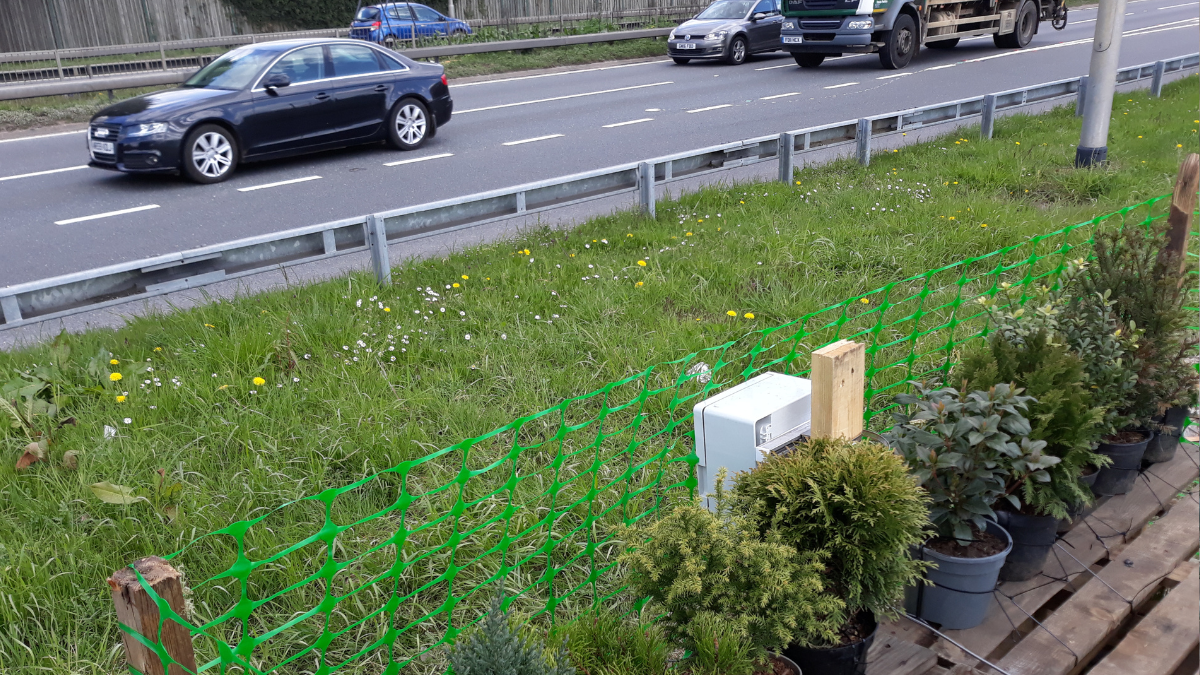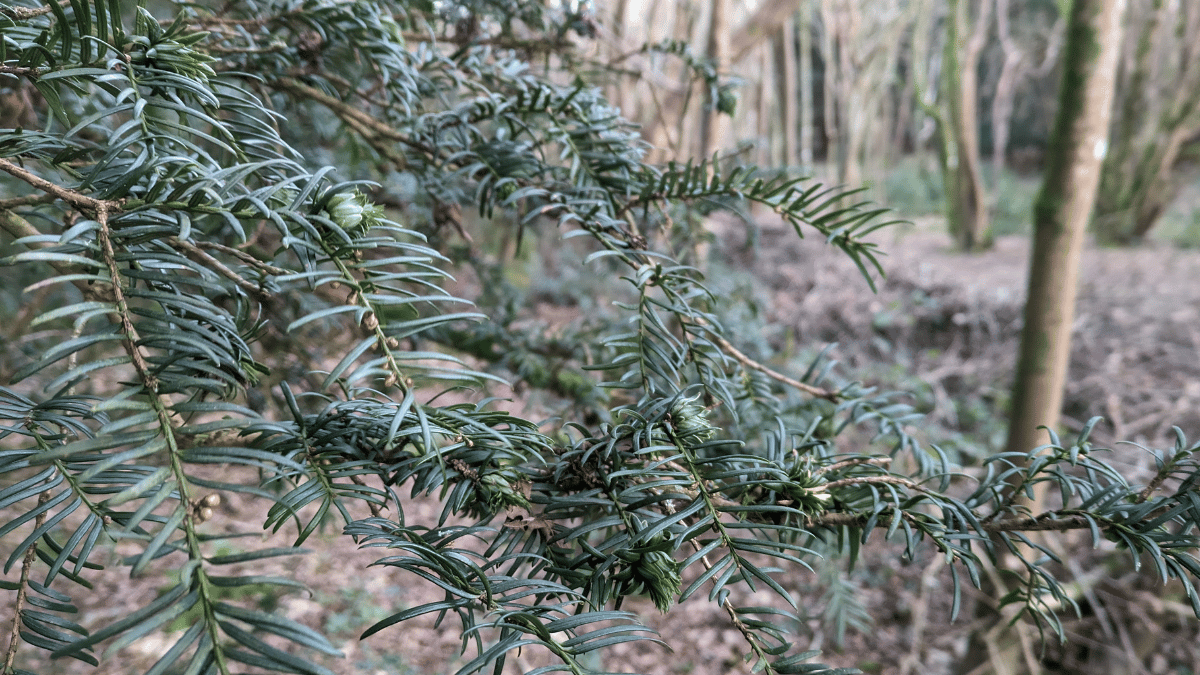Being rough and hairy isn't all it's cracked up to be - at least if you're a tree
If you're trying to take pollution out of the air, choose evergreen trees with smaller leaves. That's according to a new study from the University of Surrey.

Researchers from Surrey's Global Centre for Clean Air Research (GCARE) tested ten trees beside a busy main road. They studied which caught the most particles of pollution and which best allowed the rain to wash those particles safely to the ground.
It had been thought that leaves with rougher surfaces and minute hairs would catch more pollutants. Yet that wasn't borne out by the evidence.
When tackling air pollution, the ideal leaves cling on to particles when it's windy – but let go of them in the rain. That means the wind blows less pollution back into the air – but rain can wash it safely to the ground.Yendle Barwise, Postgraduate Researcher
Being rough and hairy isn't all it's cracked up to be. To remove more particle pollutants over time, leaves need to be washed by rainfall, and it seems that the size and shape of the leaf is much more important from this perspective.

Many planting projects use deciduous trees, which lose their leaves in winter – even though that's when air pollution is worst in towns and cities. For that reason, scientists chose ten evergreen specimens and placed them in plant pots beside the A3 in Guildford. Some 80,000 vehicles drive past every day.
Of those studied, Yew (Taxus baccata) was the plant which removed most air pollution. The most effective leaf types were awl-shaped. They were found on Japanese cedar (Cryptomeria japonica) and Lawson's Cypress (Chamaecyparis lawsoniana).

The study also suggested that stomata – the 'pores' of the leaf – could help plants 'catch' particles. For Yew, more particles of pollution gathered on the porous underside of the leaf. That's despite the other side of the leaf being 47% rougher, and despite previous research suggesting roughness mattered more.
The paper, which helps promote the UN Sustainability Goals 3, 11, 13 and 15, is published in the journal Science of the Total Environment.
Media Contacts
External Communications and PR team
Phone: +44 (0)1483 684380 / 688914 / 684378
Email: mediarelations@surrey.ac.uk
Out of hours: +44 (0)7773 479911
